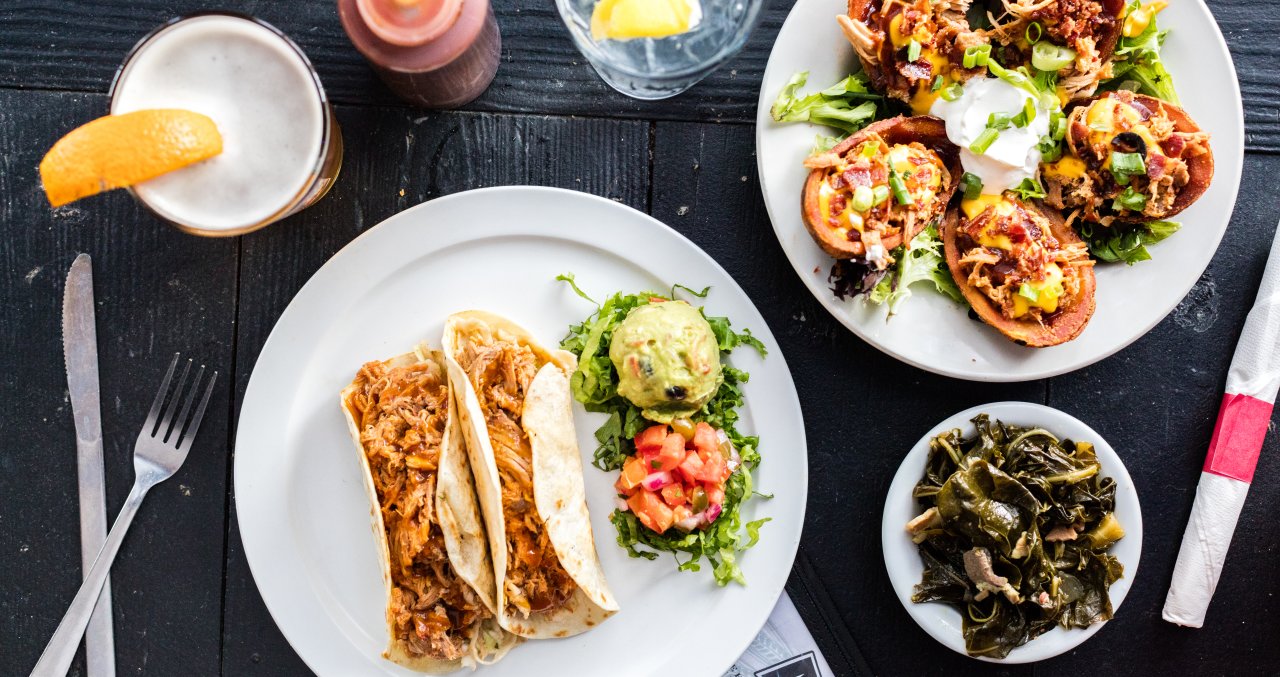One of the most famous lines from the movie “Food, Inc.” was spoken by the character played by Robert F. Kennedy: “What is the difference between a food chain and a food web?” In this age of factory farming and mass-farming of food products, it is not surprising that people have lost sight of the original meaning of the phrase. The problem with this popular saying is that it has become an unnecessary word to use. The real definition should really be “a network of relationships where members of a species interact to meet their needs.”
In other words: a food chain is a network of individuals and families who have the same needs for food. Humans form these networks because there are times when they all need food or shelter. A food chain is a series of connected nodes, where members of a species can find each other. For example, you can find animal droppings on a tree branch. Animal droppings serve as food for birds and squirrels, who in turn provide the seeds that produce plants.
Now, the question at hand is: how do we find a food chain or a web? In order to answer that question, we must look beyond the literal meaning of the term “food chain”. Many foods on a grocery store shelf are grouped together by their ability to meet human dietary needs. For example, there are a variety of nuts available, which can all fall under the classification of nut products. A food chain may also be found when different types of grains or vegetables are arranged in a similar fashion by the type of nutrients they contain
In order to really understand the answer to the question: “What is the difference between a food chain and a web page”, you must go far deeper than the literal definition of the two terms. One of the main differences between a web page and a web chain is that web pages actually contain hyperlinks. A web page is just a web site in its most basic form. The literal definition of a web site is “a website”, while a web chain is a succession of web sites that link to each other or are connected by a path or network of links. When we examine the question, “what is the difference between a food chain and a web page”, this becomes clear.
As we noted before, a web site links to web pages: In order for a web site to be considered a web site, it must contain a visible graphical user interface, or user experience. A user experience is what human beings experience when navigating a web site. So, when a web browser visits a web page, the user experiences the web page and is able to select some text or select a picture, depending on the particular web browser that they are using at the time. So, in essence, a web page contains hyperlinks. If the web page contains many links, then the user is able to navigate from one page of the web site to another, and the user experience is divided into several distinct phases, such as navigation, content, branding, linking, etc.
Let’s examine the real world examples: of what is the difference between a web site and a web page. A supermarket chain may create a web site, which contains a large collection of products and services for sale. This web site would serve the purpose of allowing customers to find certain items, as well as locate service providers and make their purchases. It is possible that the actual web site may contain very few hyperlinks and the actual data is stored in a database, along with the hyperlinks. However, this does not affect the fact that the web site still creates a visible user experience, and the shopping experience can occur.
Similarly, a restaurant chain may have a web site where people can find menu items or place their orders, while the actual restaurant is located within the customer’s home town.

